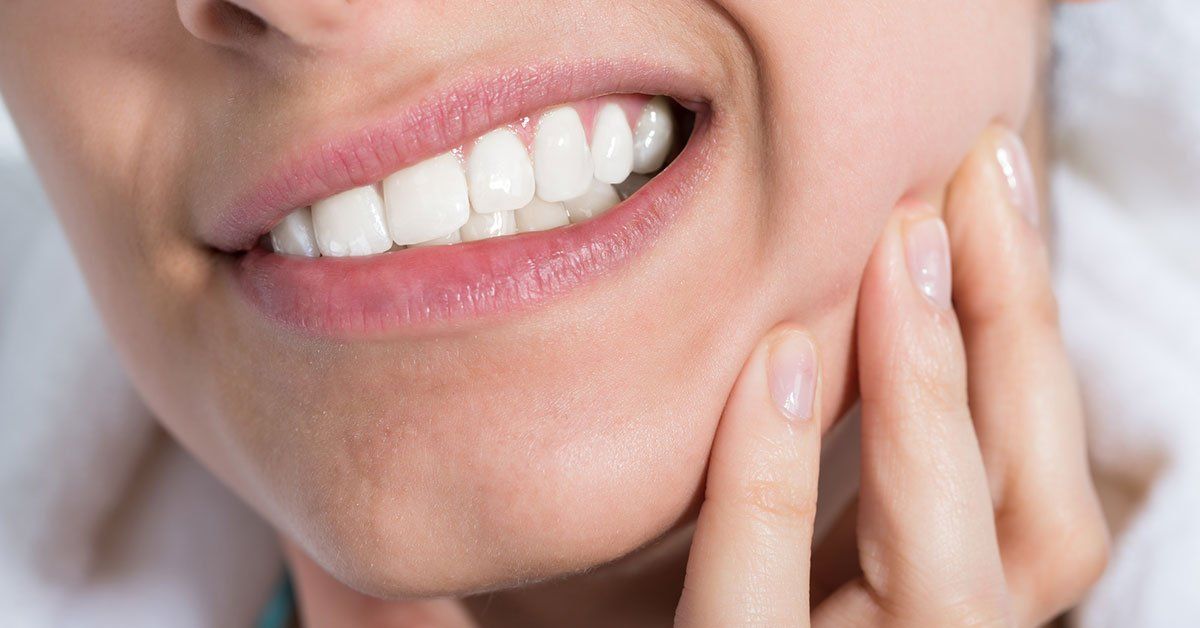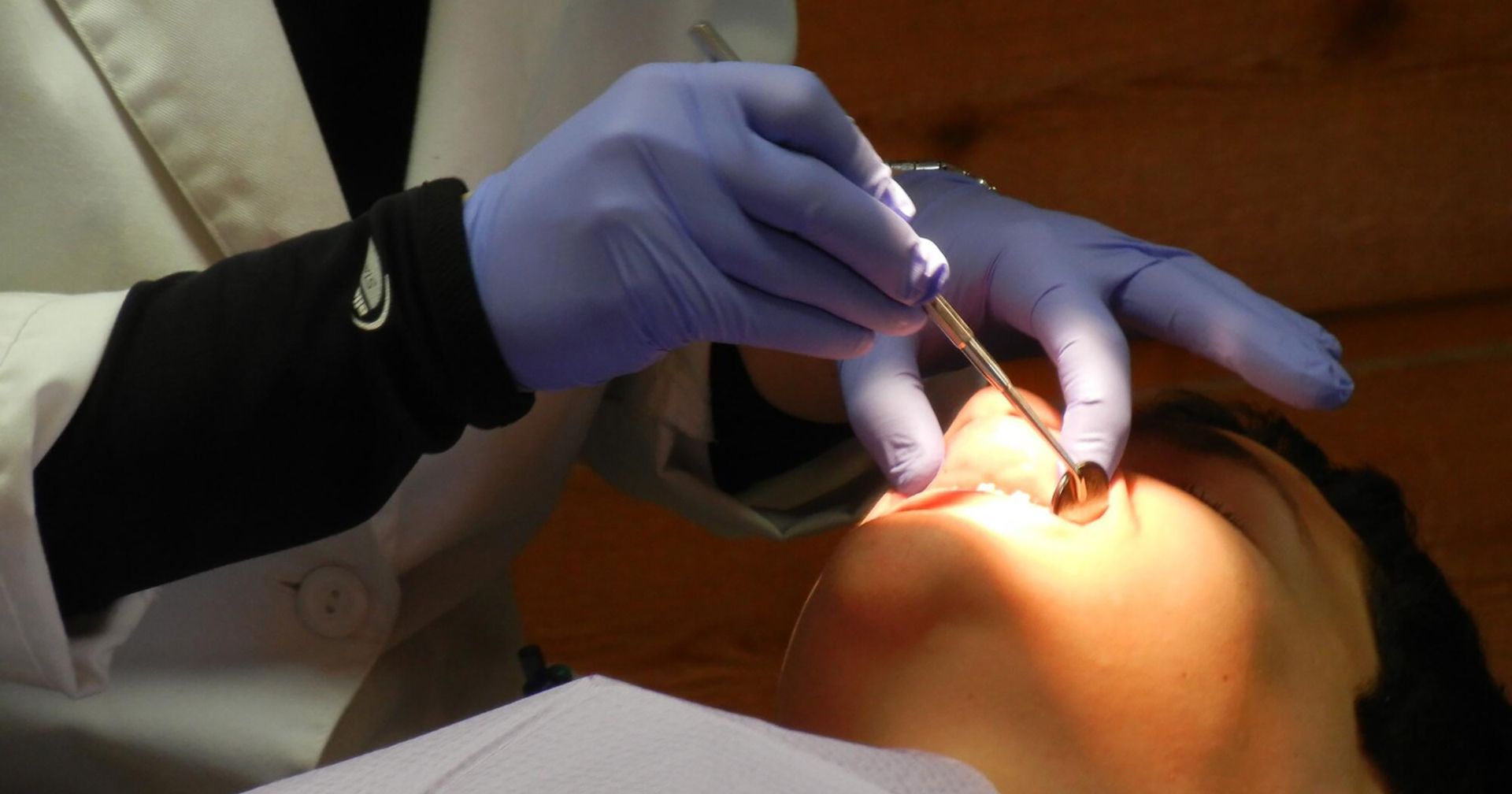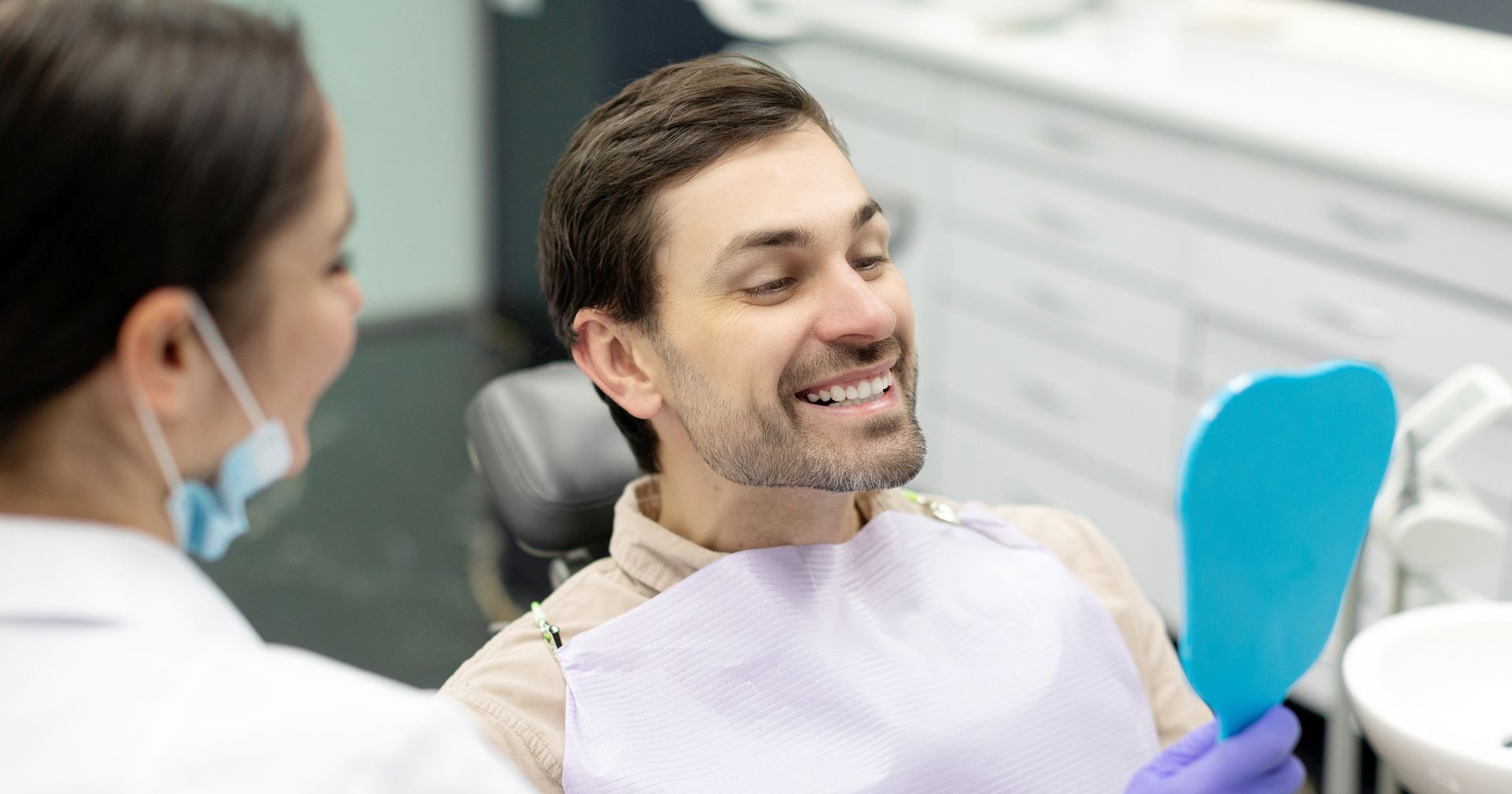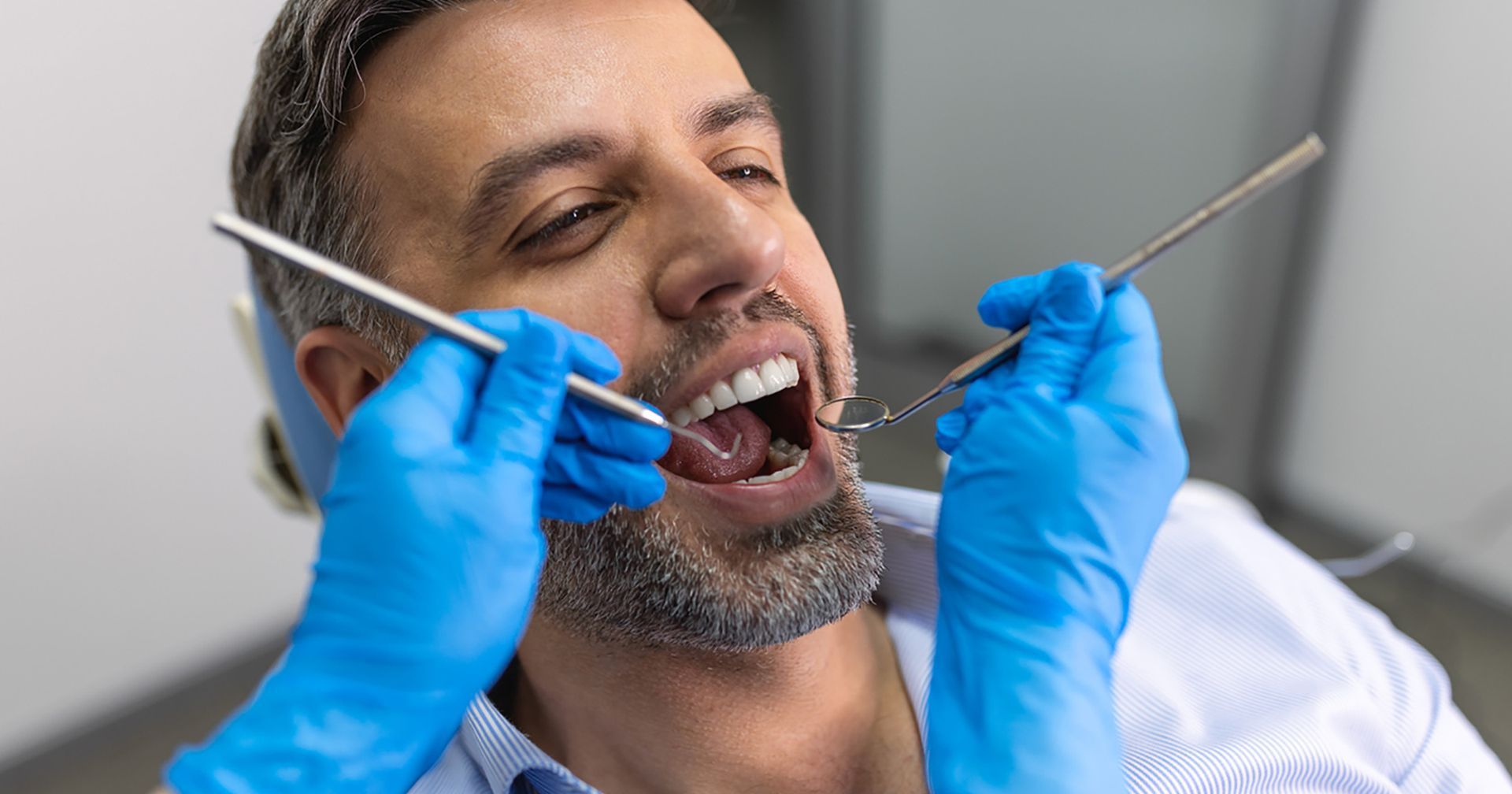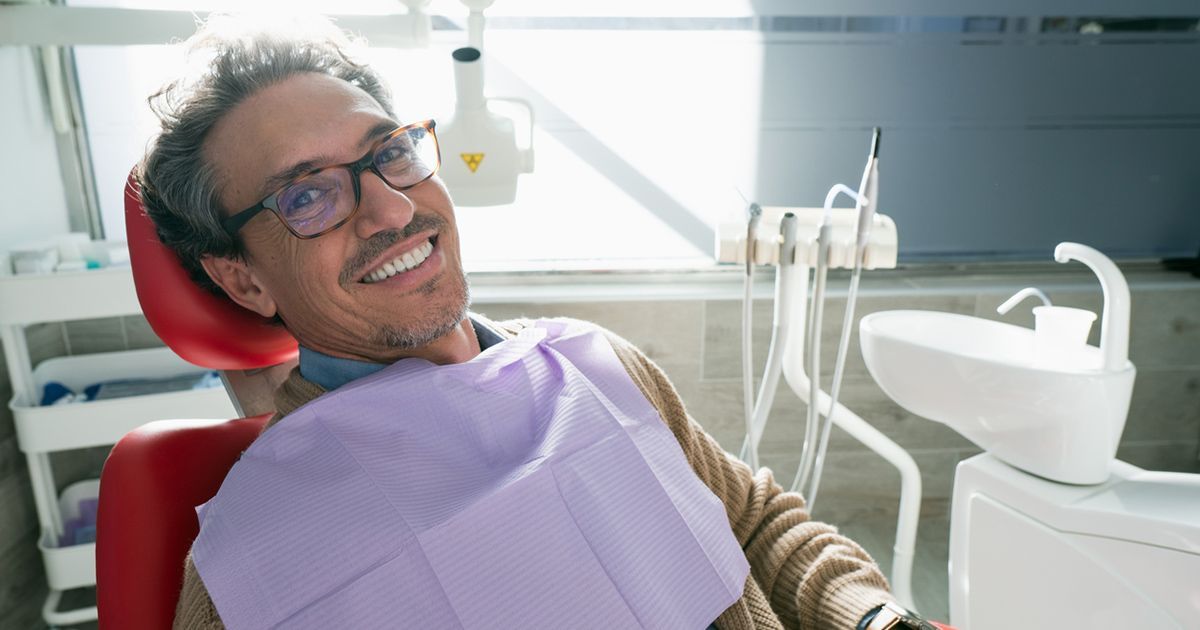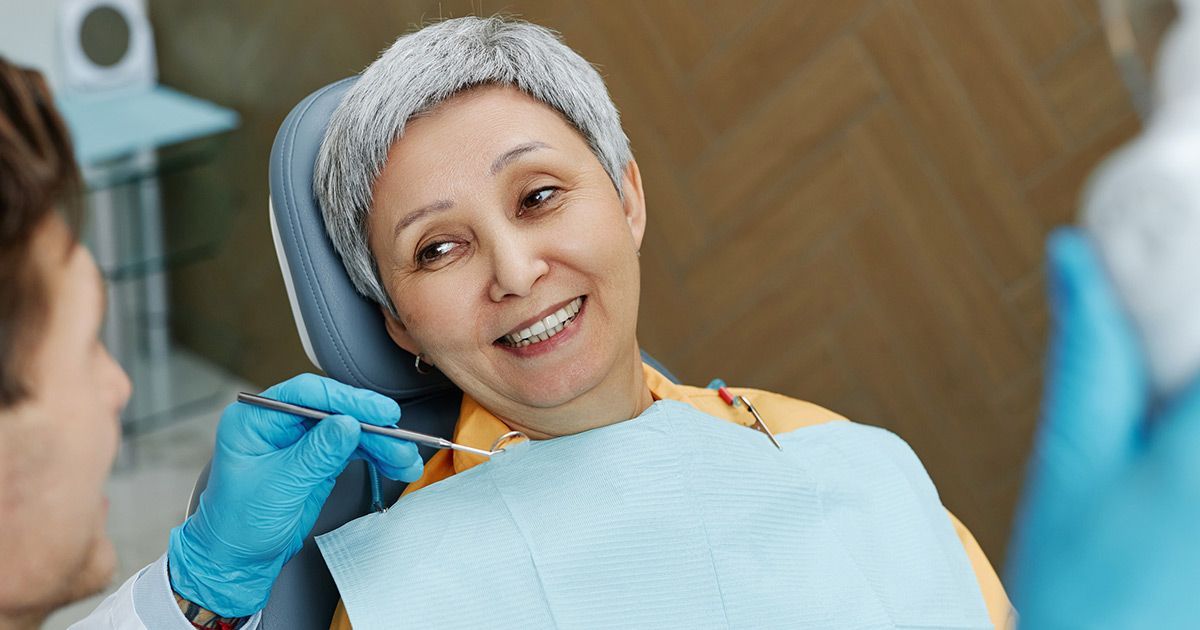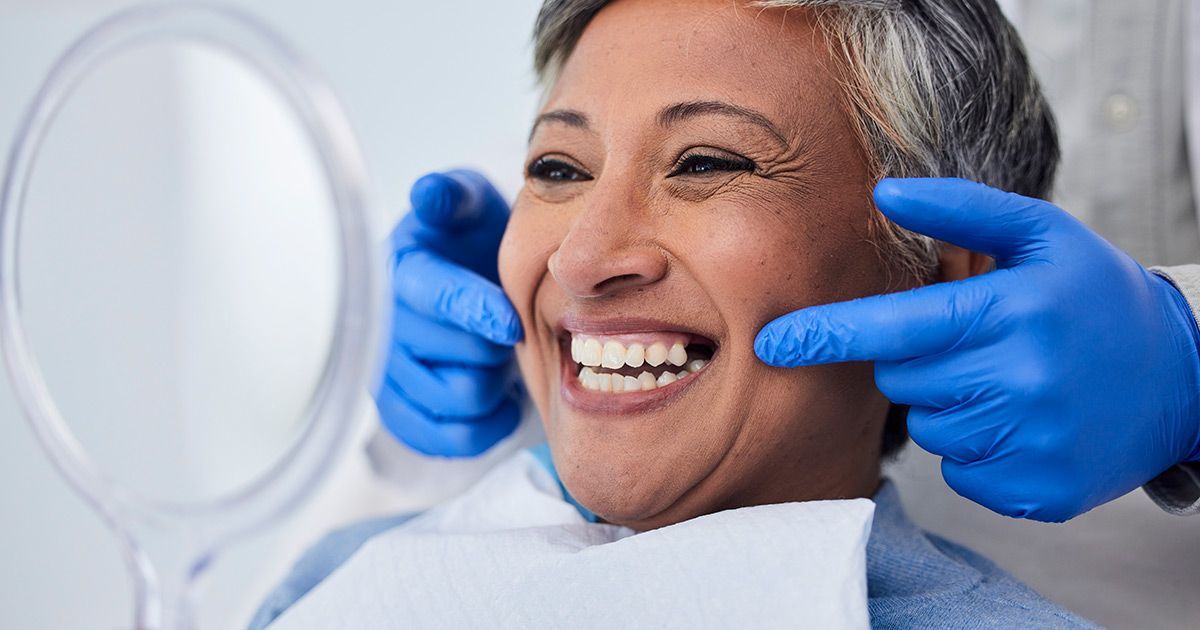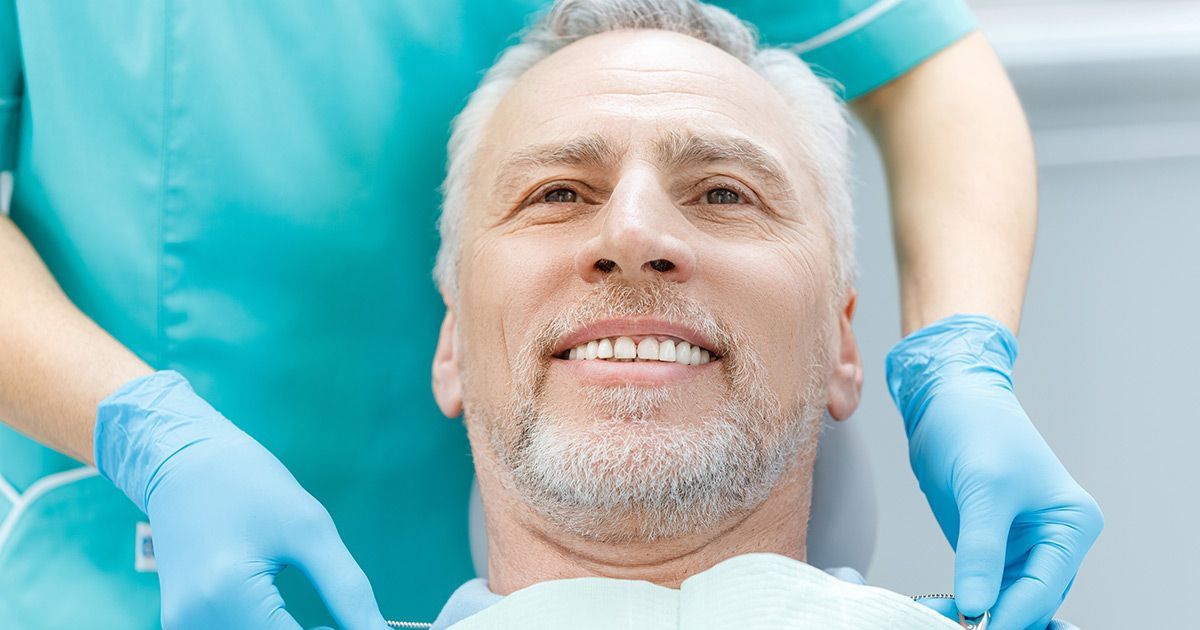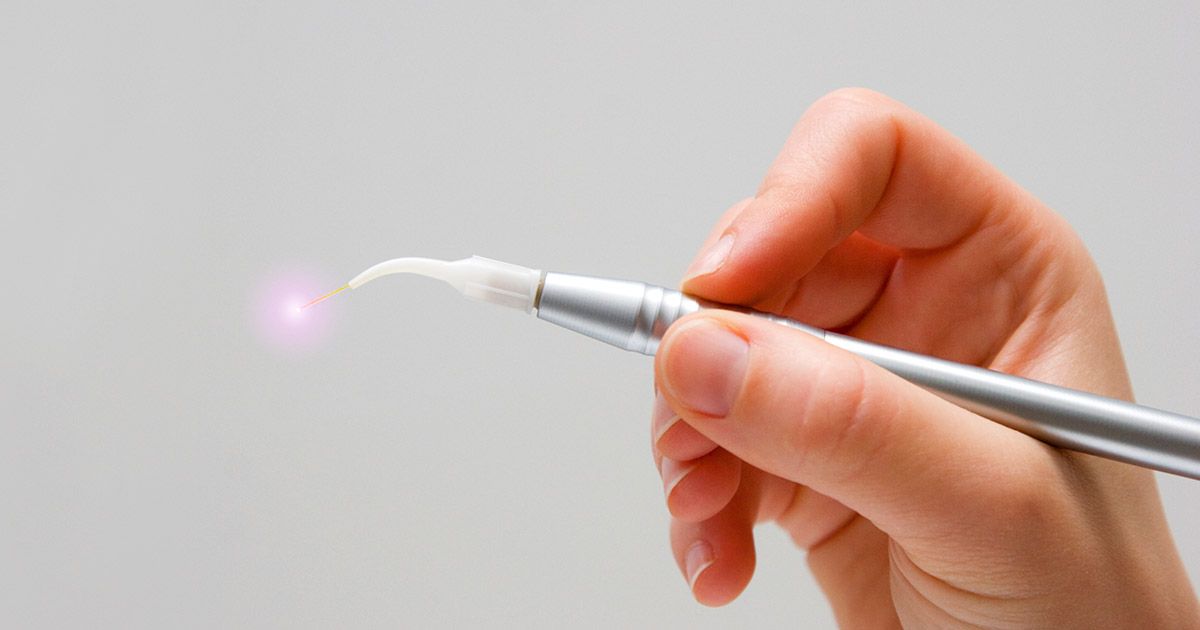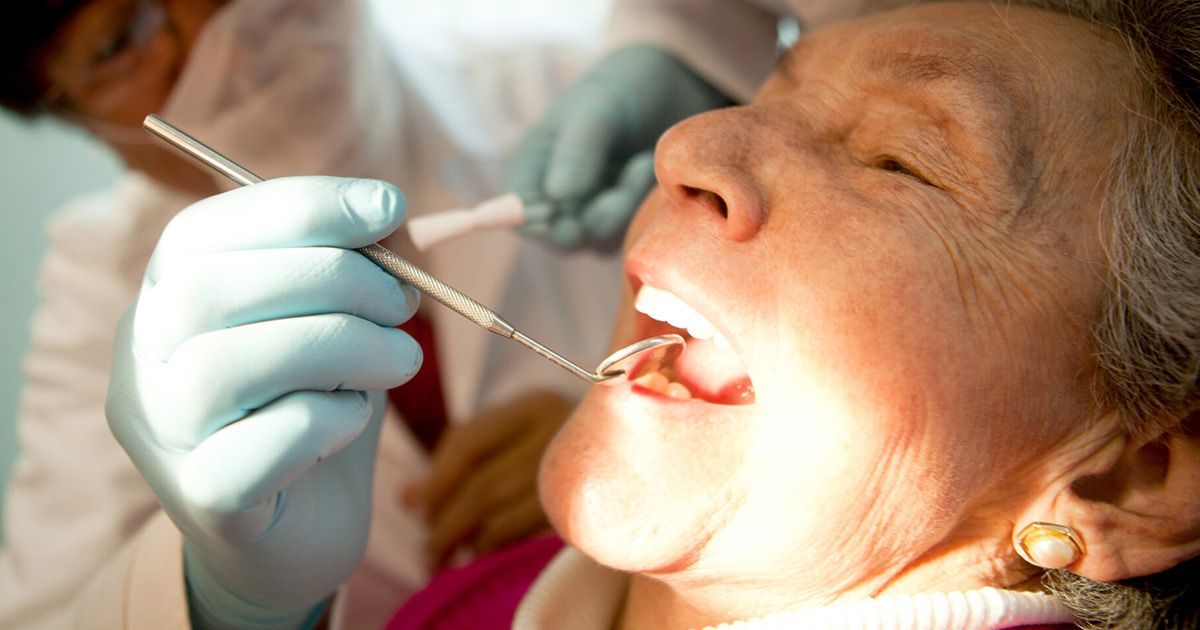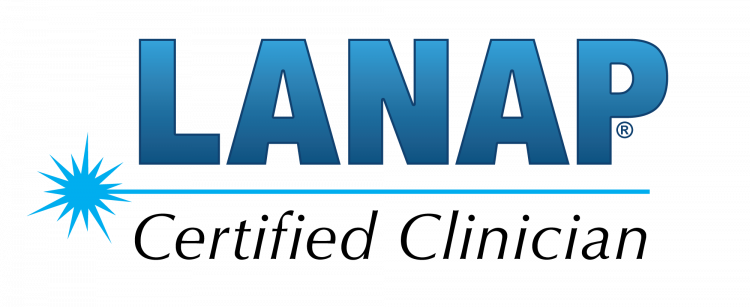When it comes to wisdom tooth removal recovery, explore 6 practical steps you can take to help speed up healing and minimize discomfort.
Wisdom teeth extraction is one of the most common oral surgery procedures there is. As such, we've all heard horror stories from friends or family about the painful teeth removal recovery period that follows, including potential risks such as dry socket and gum inflammation. Today, we're going to help ease any concerns that these rumors and tall tales may have caused you.
Now, it's true that wisdom tooth removal recovery is no walk in the park no matter what. But with the right care and guidance from an experienced oral surgeon, there are still lots of things you can do to reduce post-surgery symptoms and boost the healing process.
Below are six tips for a faster, less painful recovery after wisdom tooth extraction. Avoid living your own horror story by following these wisdom teeth removal recovery tips.
1. Apply Gauze and Pressure
One of the most important requirements for a fast recovery is the formation of blood clots in the removal site. This closes up the wound and helps it stay sanitary, reducing the chances of a dreaded dry socket, which happens when a blood clot becomes dislodged from an extraction site. Meanwhile, the surrounding gum tissue rebuilds itself to close the wound permanently.
To aid the formation of these blood clots, cover the removal site with a lump of gauze. Gently bite down on the gauze to keep it in place. This gentle pressure also restricts the blood flow to help the clots form more quickly.
Don't bite down too hard. You don't want to push the gauze deep into the wound or there will be no space for the blood clot to form. Also, this could reopen the wound.
Continue doing this until the bleeding stops (about five minutes). Repeat this if the bleeding starts again.
2. Ice the Removal Site Immediately
Blood vessel tone is essential for reducing swelling and bruising. Apply ice (externally) to the removal site area right away. The ice will also help reduce inflammation by maintaining good blood vessel tone.
This should be done for 20 minutes at a time with a 20-minute break in between to rest your face. Repeat this continually, as much as you can, during the first 48 hours after the surgery. Be sure to check with
your dentist for his or her specific instructions on icing.
3. Take Your Meds
Speaking of your dentist's instructions, ask what pain medication they recommend, if they don't tell you on their own. The best method for wisdom teeth removal pain relief is usually determined on a case-by-case basis. After the wisdom teeth surgery, you will likely experience cramped or sore muscles in the jaw area. It’s imperative to consult with your dentist or oral surgeon about pain relief and potential medications, especially if you've had multiple tooth extractions.
The level of pain after surgery, personal pain tolerance, and reaction to certain drugs are different for every patient. For some patients, over-the-counter pain relievers like ibuprofen or acetaminophen will be enough to manage the pain. Other patients require prescriptions.
Also, some patients experience nausea and other negative reactions to prescription medications like Vicodin. These side effects may even be more unbearable than the post-surgery pain.
Ultimately, your dentist is the only one who can (and will) help you find the best way to manage pain in your specific situation. He or she might also prescribe you antibiotics to prevent infection. Therefore, it's imperative that you follow your dentist's instructions regarding post-surgery medication.
4. Rest Up
It's a well-known fact that the more rest you get, the faster your body heals from injuries. Here's why.
Healing, that is, rebuilding damaged tissue, uses energy. When you're very active, your body has to use its energy stores to power your activities. That means your body has less energy available for healing, so the healing slows down.
On the other hand, when you're sleeping, your body has nothing better to do with stored energy than to heal your injuries. So sleep as much as you can, especially for the first few days after surgery.
When you're not sleeping, try to avoid physically demanding activities. In fact, plan for several days of your favorite couch potato activities. Read your favorite book series, binge Netflix, or do a movie marathon.
Especially after a comprehensive wisdom teeth removal surgery, resting can significantly impact the speed of your recovery. Avoid any activities that might impact the blood clot formation in the surgical site or strain your jaw.
5. Keep Eating
It's also important to remember that the energy your body needs for healing comes from food. This is another reason why it's essential to take the right pain medication. If you're nauseous from your meds, or in too much pain to eat, you won't eat enough to fuel a speedy recovery.
In any case, you need to be getting plenty of calories to fuel the healing process. Try to find nutritious foods that agree with your system during this time and eat whenever you're feeling well enough. You want to eat at least as much as you normally would.
You also need to avoid hard or chewy foods. That is, you don't want to chew too hard or too much because it will cause your blood clots to come loose and fall out.
While you may not be able to eat solid foods immediately after your wisdom teeth removal procedure, maintaining nutrition is crucial. Soft foods can help ensure you're getting the nutrients without affecting the surgical site or any other teeth.
The best energy will come from nutritious foods like soup. But if Jell-O is all you can stomach, it's better than nothing.
6. Keep the Removal Site Clean (Properly)
Lastly, you need to keep your mouth clean to prevent infection. After any teeth removal procedure, particularly wisdom teeth surgery, it's vital to ensure the site remains clean to avoid complications like gum inflammation. Of course, you also can't brush as hard and fast as you normally would or you will dislodge your blood clots.
You need to be extremely gentle when brushing your teeth, especially near the removal site. Your dentist may even ask you not to brush until the day after the surgery. Ask your dentist for guidance on cleaning and maintaining oral hygiene without disturbing the blood clot or risking dry socket.
Also, your dentist will probably ask you to rinse your mouth frequently with warm salt water for the first day or two. Don't use mouthwash and don't swish too hard. This rinsing should be done after meals and a few additional times a day besides.
What Not to Do After Wisdom Teeth Removal
As a bonus, here are a few tips on what not to do after wisdom teeth removal. We already mentioned avoiding hard foods and brushing your teeth too harshly.
Smoking and drinking alcohol is a bad idea, too. It hinders the healing process and could be dangerous when combined with certain pain medications.
You also don't want to use straws. The suction will pull the blood clots out of their sockets.
Even blowing your nose could dislodge the blood clots. Try to only wipe your nose or let it drain down your throat for the first two weeks after recovery.
Remember These Wisdom Tooth Removal Recovery Tips
As you can see, wisdom tooth removal recovery doesn't have to be unbearable. But it can be.
So please, for your own sake, don't forget these tips on what to do after wisdom teeth removal. Follow these steps for a fast and healthy recovery.
Click here to learn more about our services and to ask us any questions you have.
Our Primary Service Areas
Content Reviewed by
Website designed and maintained by Xpress, INC
All Rights Reserved | Smile Savers Dentistry


